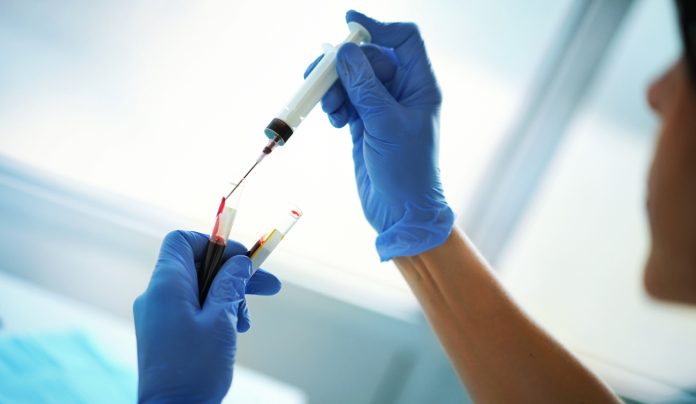More than 1 million curable sexually transmitted infections (STIs) are caught daily, causing urgent challenges for the global health community
Recent data highlights the scale of the issue, revealing that in 2020 alone, an estimated 374 million new infections of curable STIs like chlamydia, gonorrhoea, syphilis, and trichomoniasis were reported among individuals aged 15 to 49.
These infections, often asymptomatic and therefore undetected, can lead to serious health consequences.
A rise in STIs
Syphilis infections among adults in 2022 numbered a concerning 8 million cases. Meanwhile, more than 500 million people in the same age group are living with genital herpes, and over 300 million women are affected by human papillomavirus (HPV), which is linked to cervical cancer.
The impact of STIs extends far beyond individual health, affecting sexual and reproductive health on a global scale. STIs can increase susceptibility to HIV, cause infertility, and even lead to adverse birth outcomes when transmitted from mother to child during pregnancy or childbirth.
Efforts to combat STIs
Condoms, when used consistently and correctly, offer substantial protection against STIs, including HIV. Vaccines against HPV and hepatitis B represent significant advancements, yet their availability remains uneven across different regions.
Dr. Tedros Adhanom Ghebreyesus, Director-General of the World Health Organization (WHO), emphasises the need for integrated strategies to tackle STIs comprehensively.
Limited access to diagnostic tools in low- and middle-income countries hinders timely identification and treatment. Furthermore, the rise of antimicrobial resistance (AMR), particularly in infections like gonorrhoea, threatens treatment efficacy and requires urgent attention.
To address these issues, WHO advocates for enhanced global health strategies, including expanded vaccination programs, integration of STI services into primary healthcare, and strengthened surveillance of AMR.
Supporting public awareness, improving healthcare infrastructure, and fostering international collaboration are essential to curbing the spread of STIs and mitigating their devastating impact on communities worldwide.
Prioritising investment in STI prevention and care emerges as a critical imperative.











